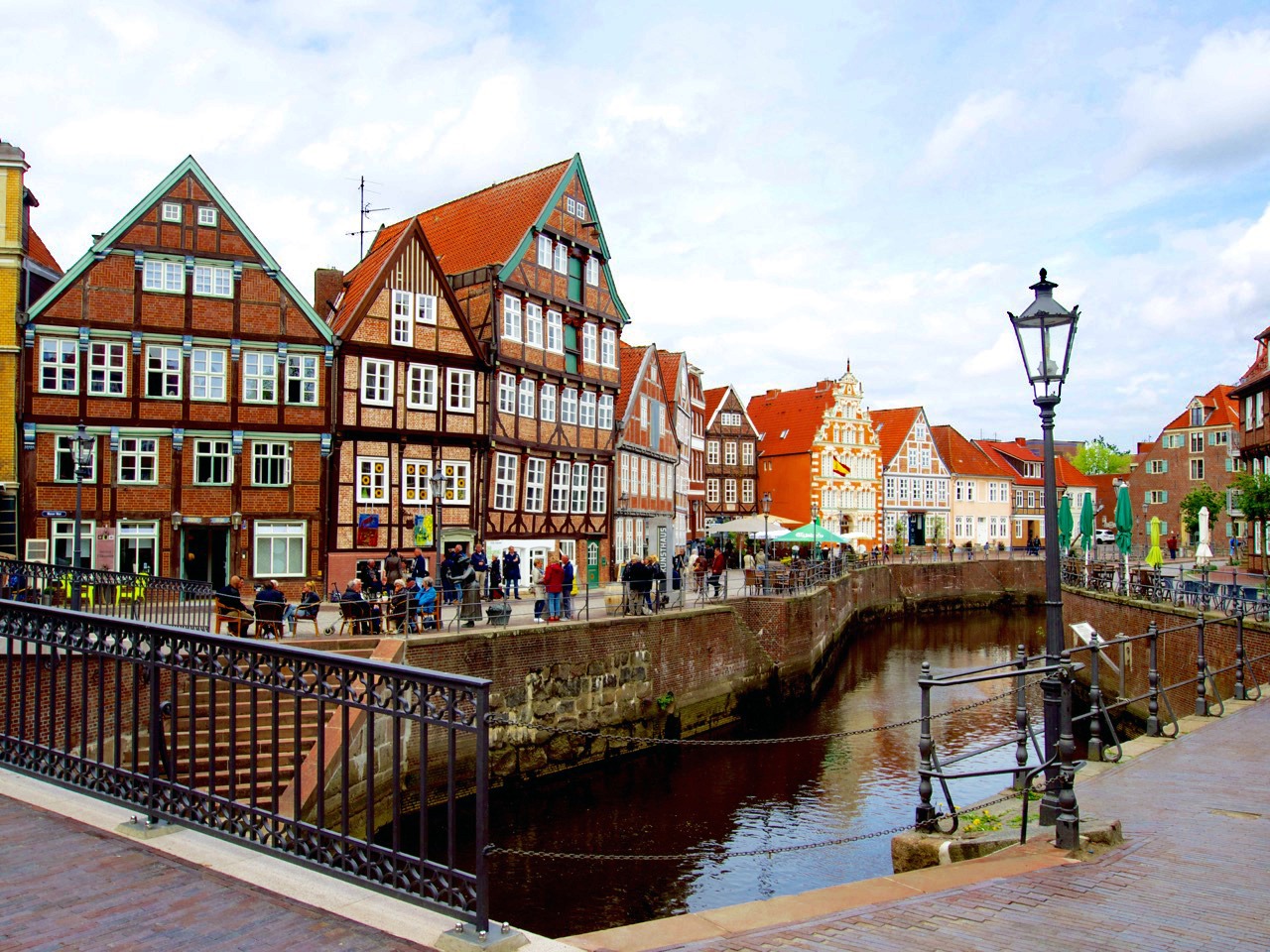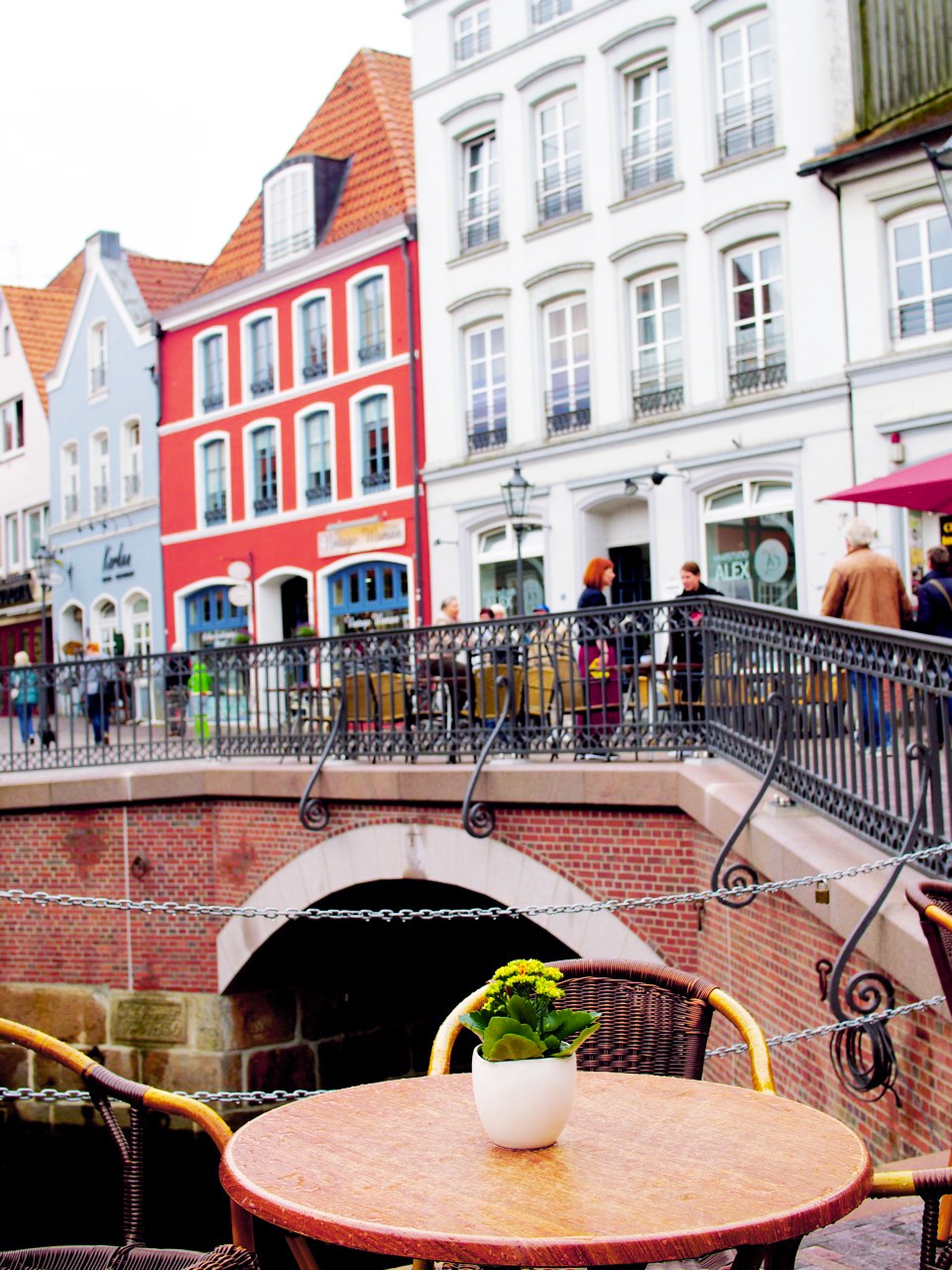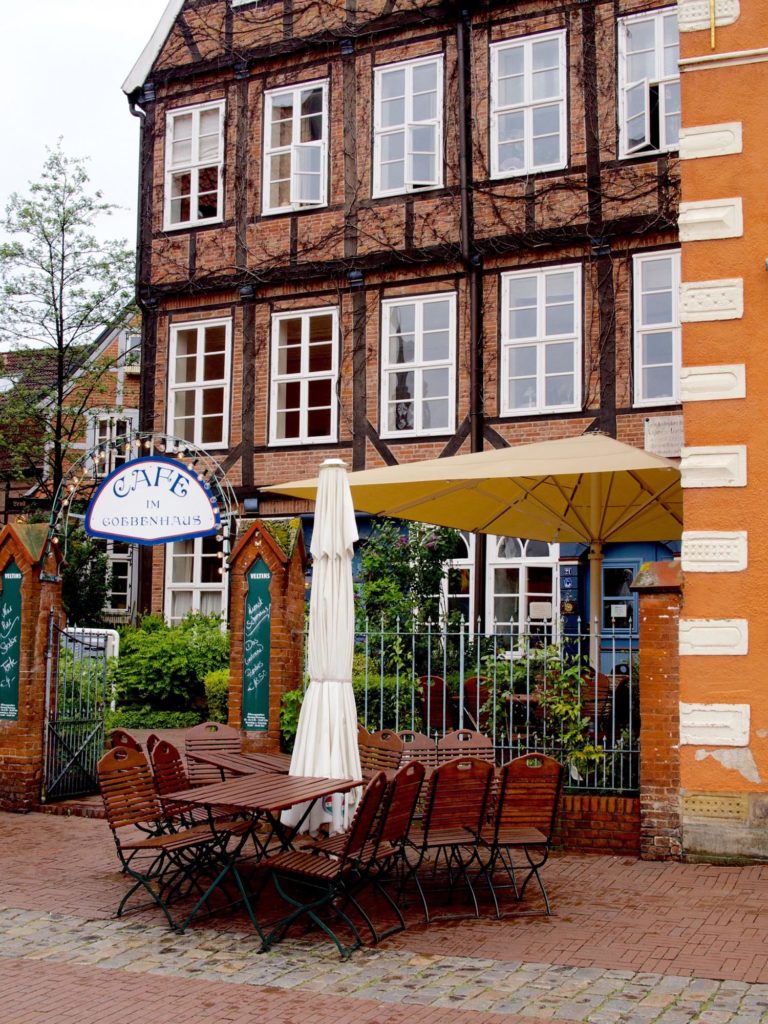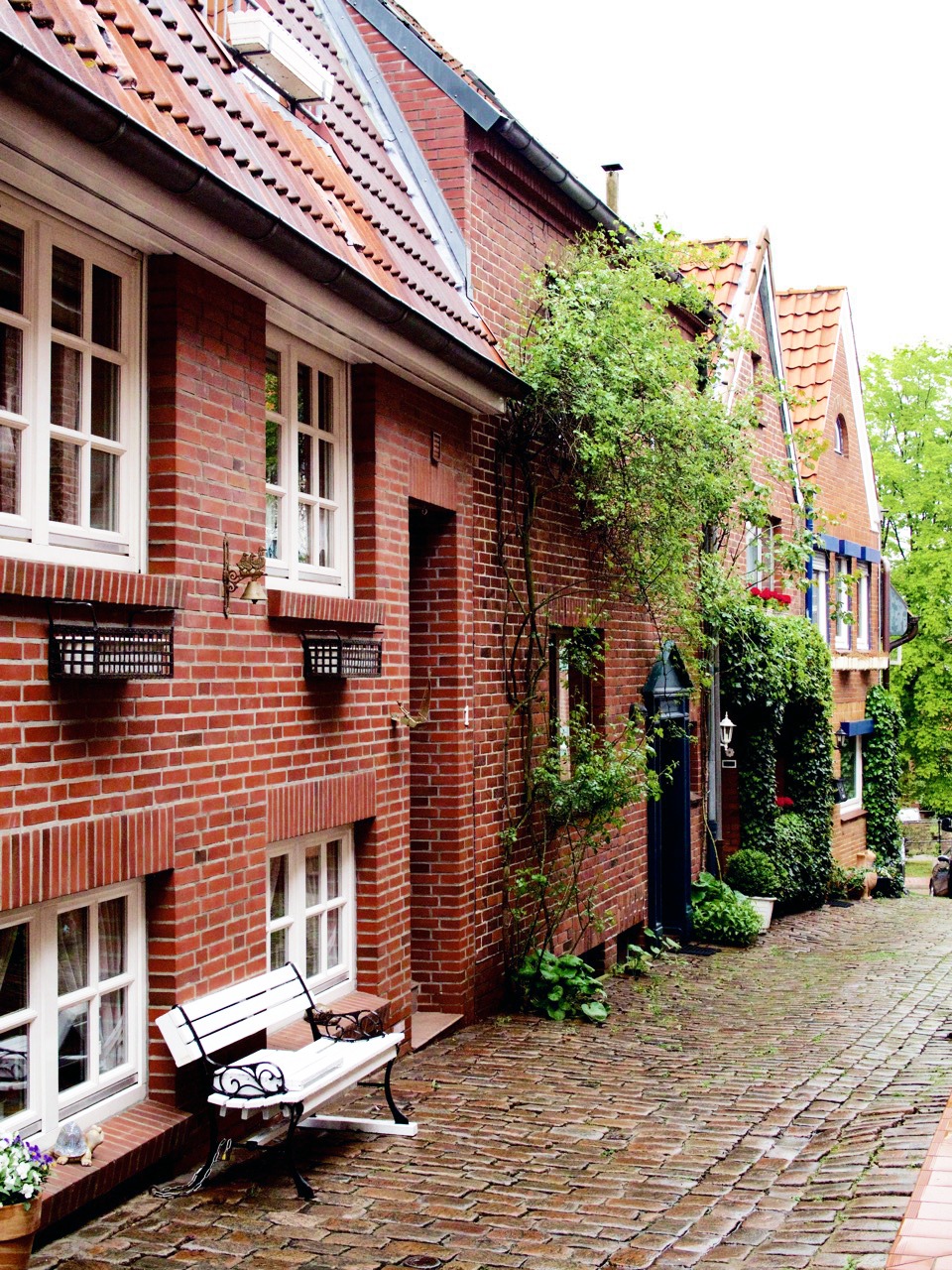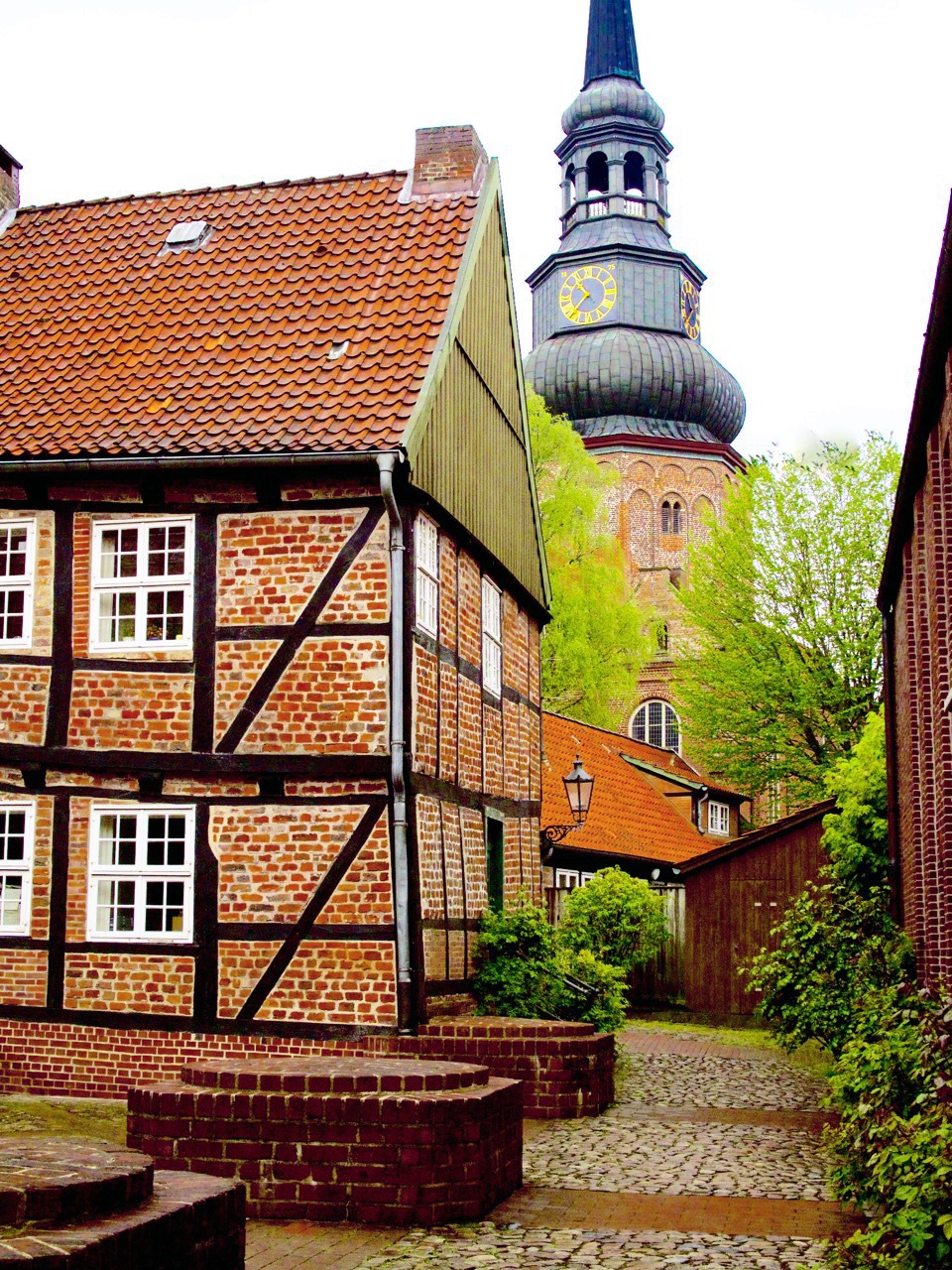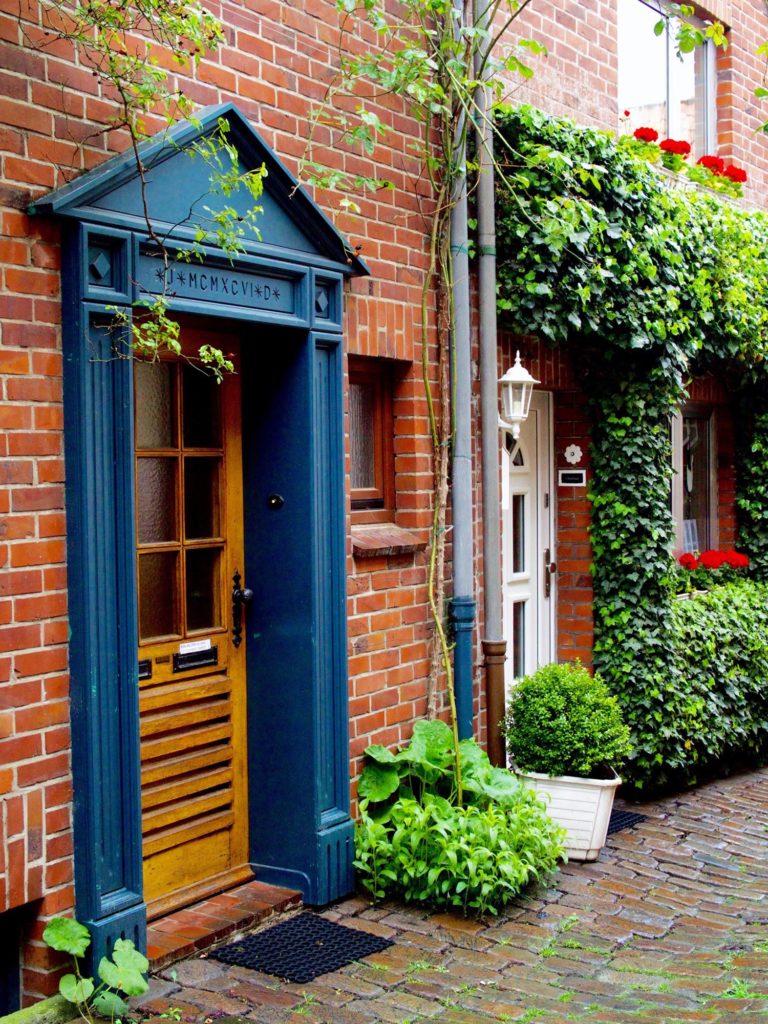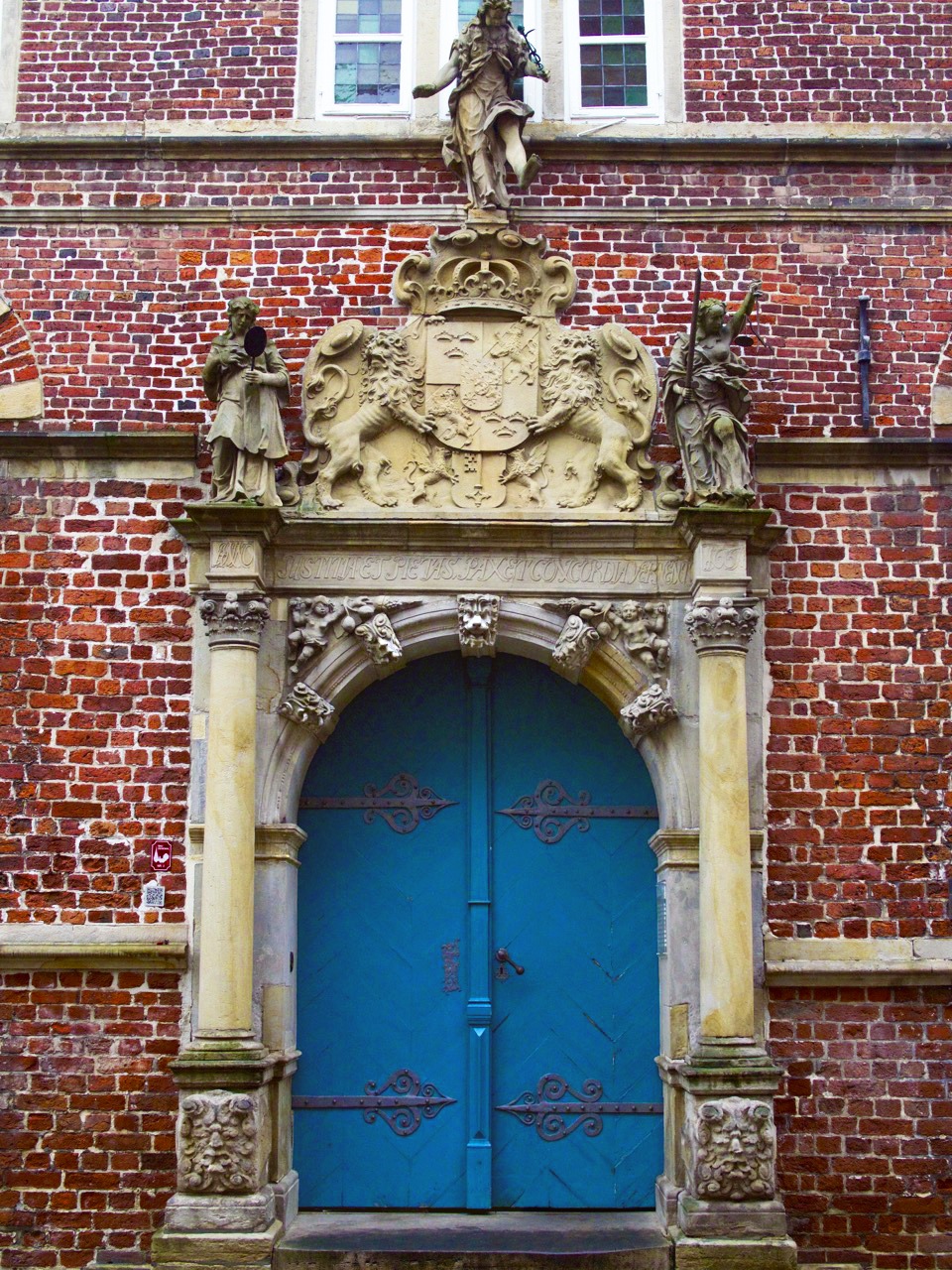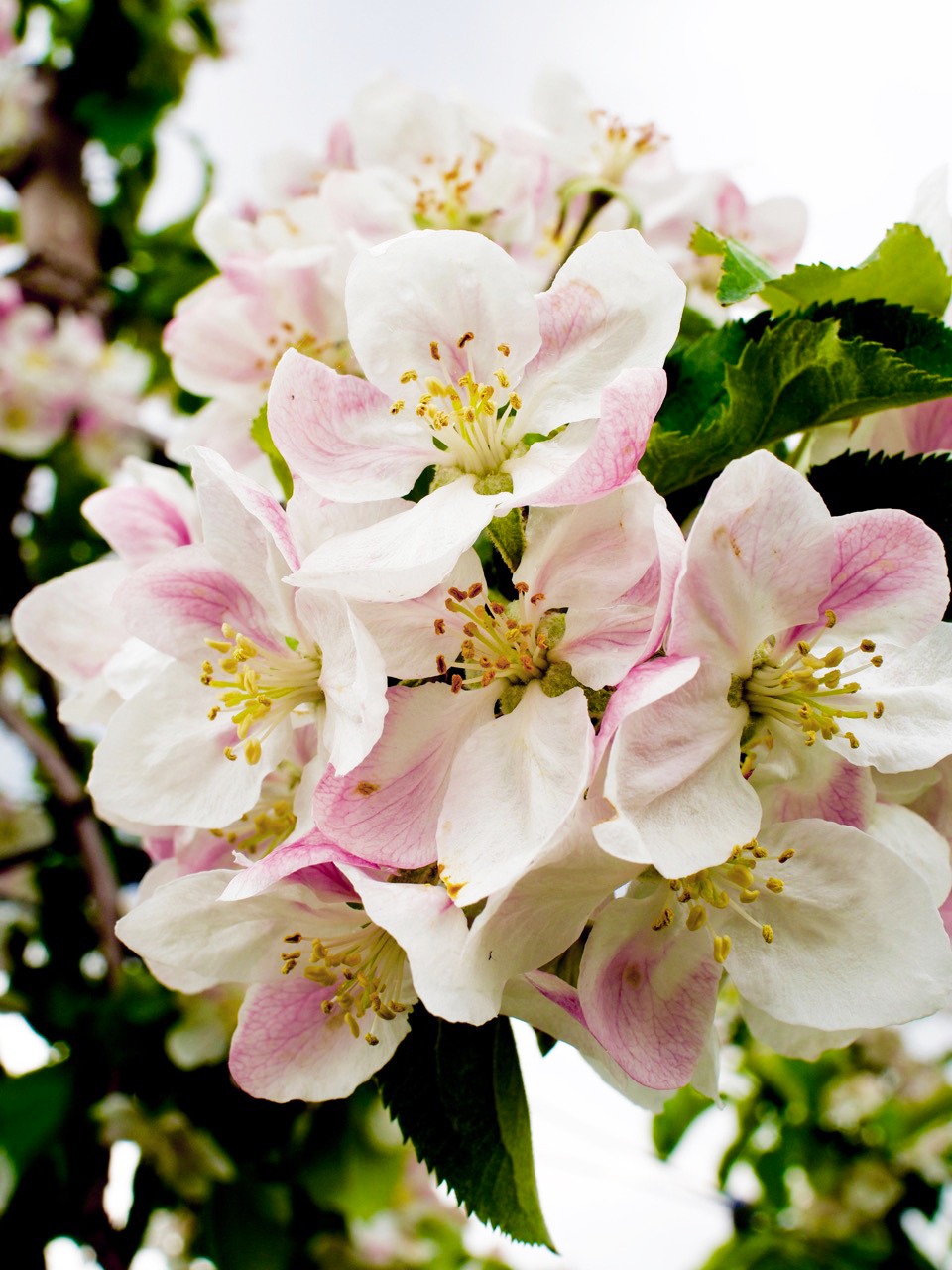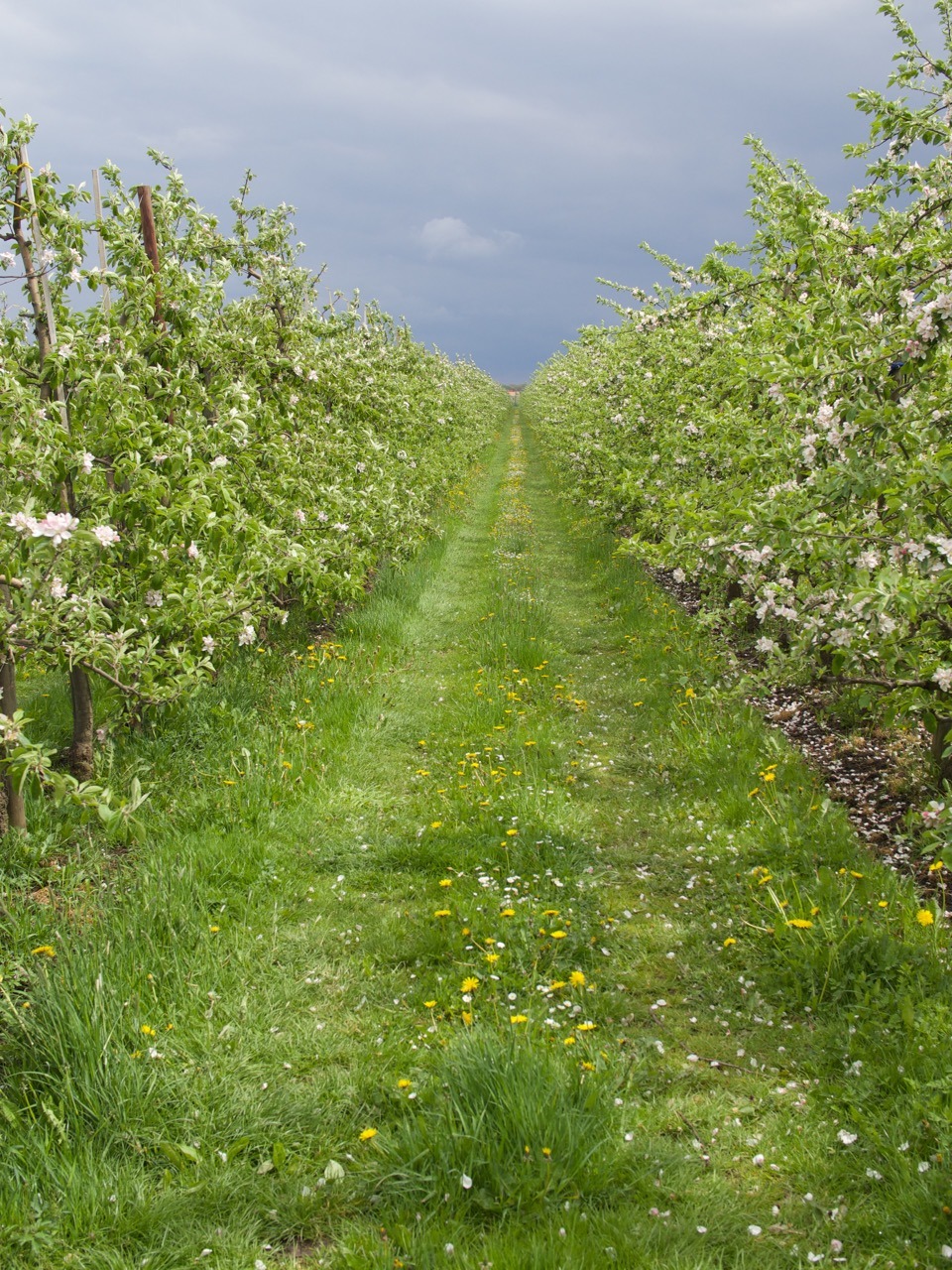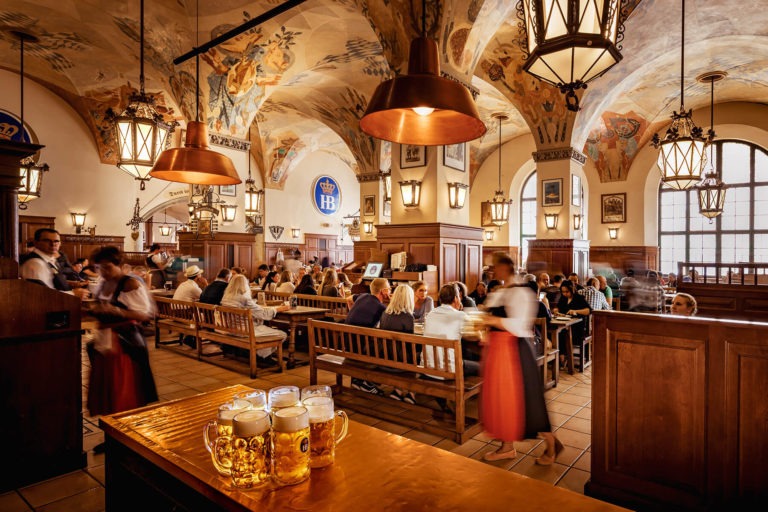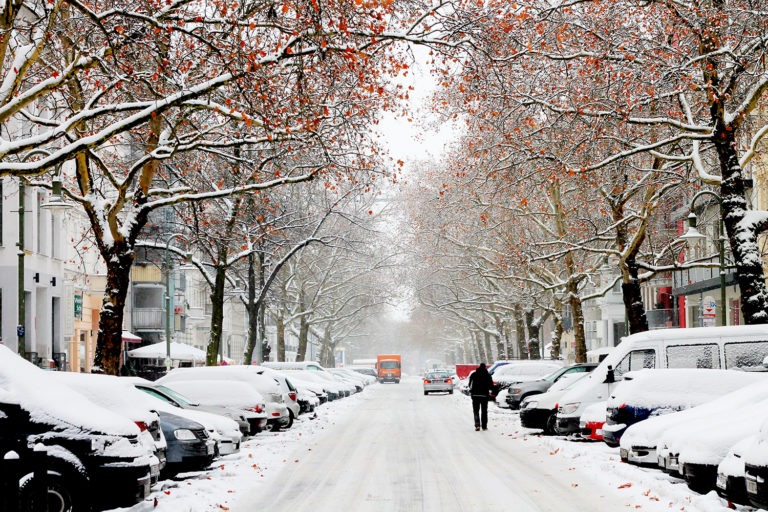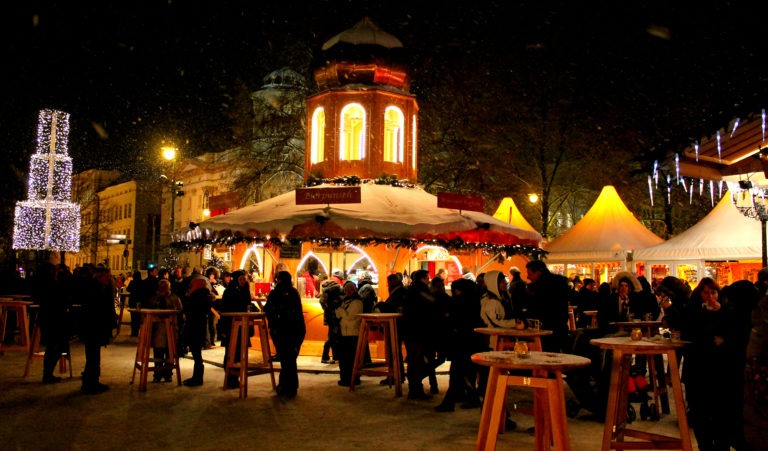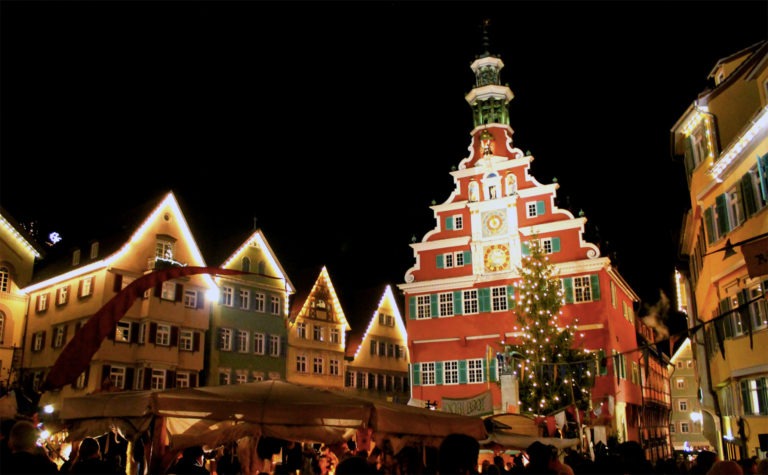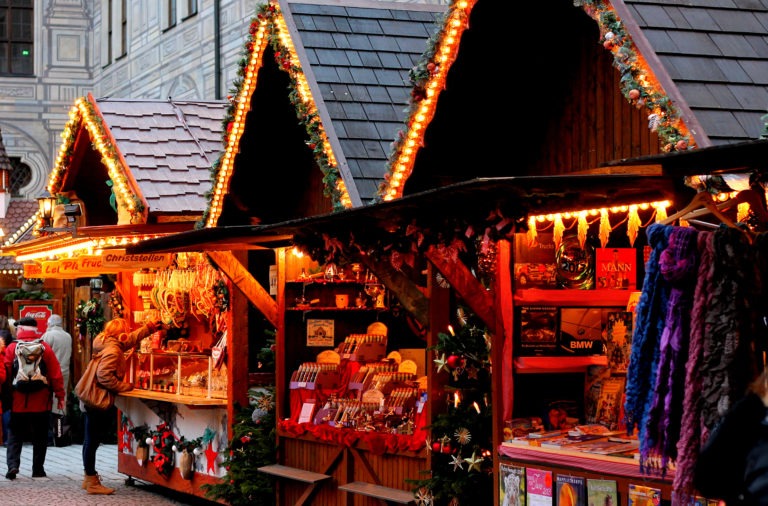Is Stade the prettiest village on Germany’s framework road?
I had only vaguely heard of the Hanseatic League before I got to Stade as part of my itinerary along the German Half-Timbered Houses Route. Indeed, this impossibly quaint city, located in Lower Saxony near the North Sea, was a prominent member of the commercial confederation back in the medieval times.
And while it was later on eclipsed by Hamburg, Stade remained nonetheless a powerful seaport along the River Elbe.
This former prominent status can only mean two things for the contemporary visitor: 1, Stade was significant enough to become an administrative centre, and 2, various trades made it rich enough to build splendid and ornate buildings.
To say I was impressed to start my German Timber-Frame road trip in Stade would not be anywhere close to my actual level of excitement.
Visiting Stade for the first time
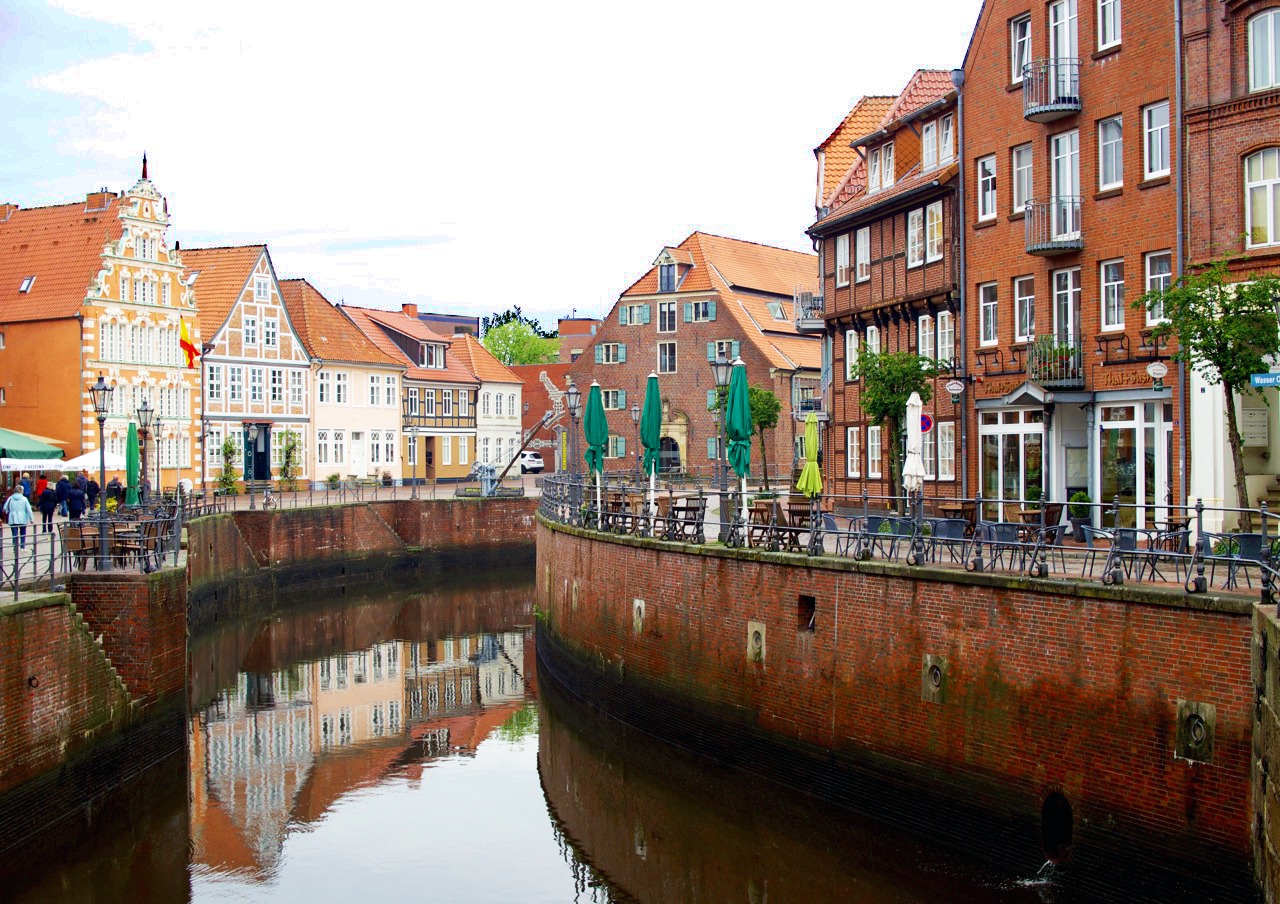
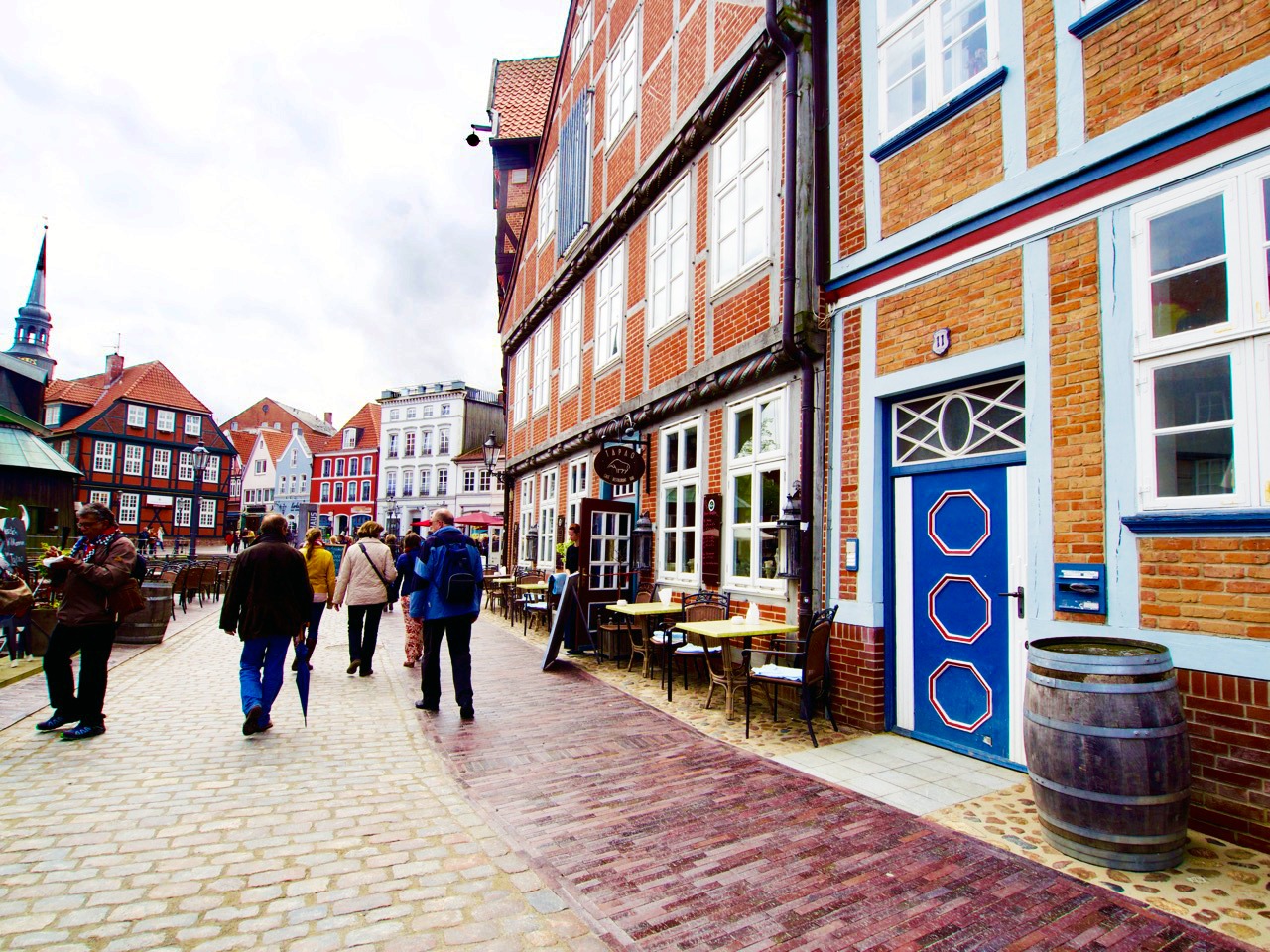
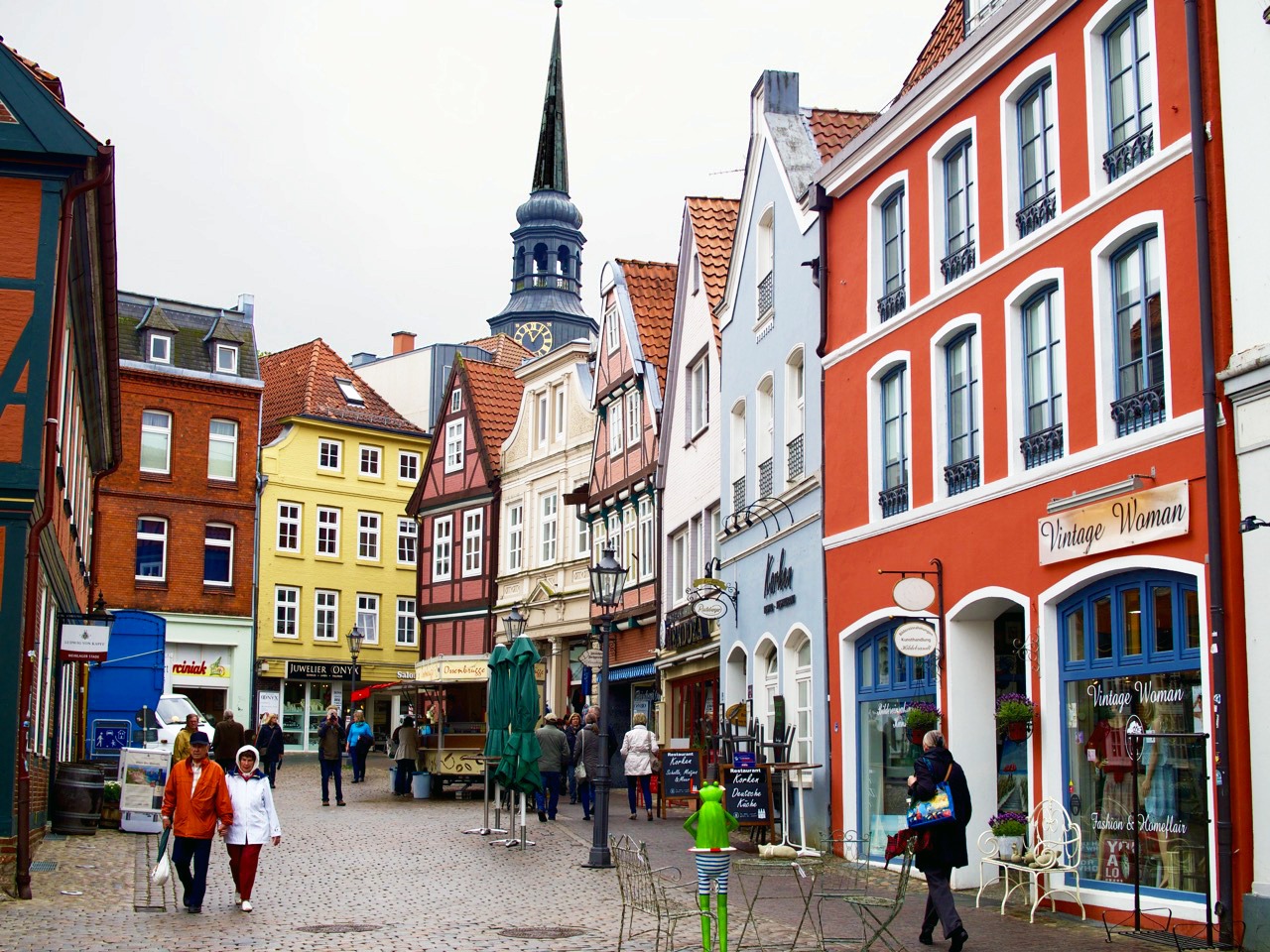
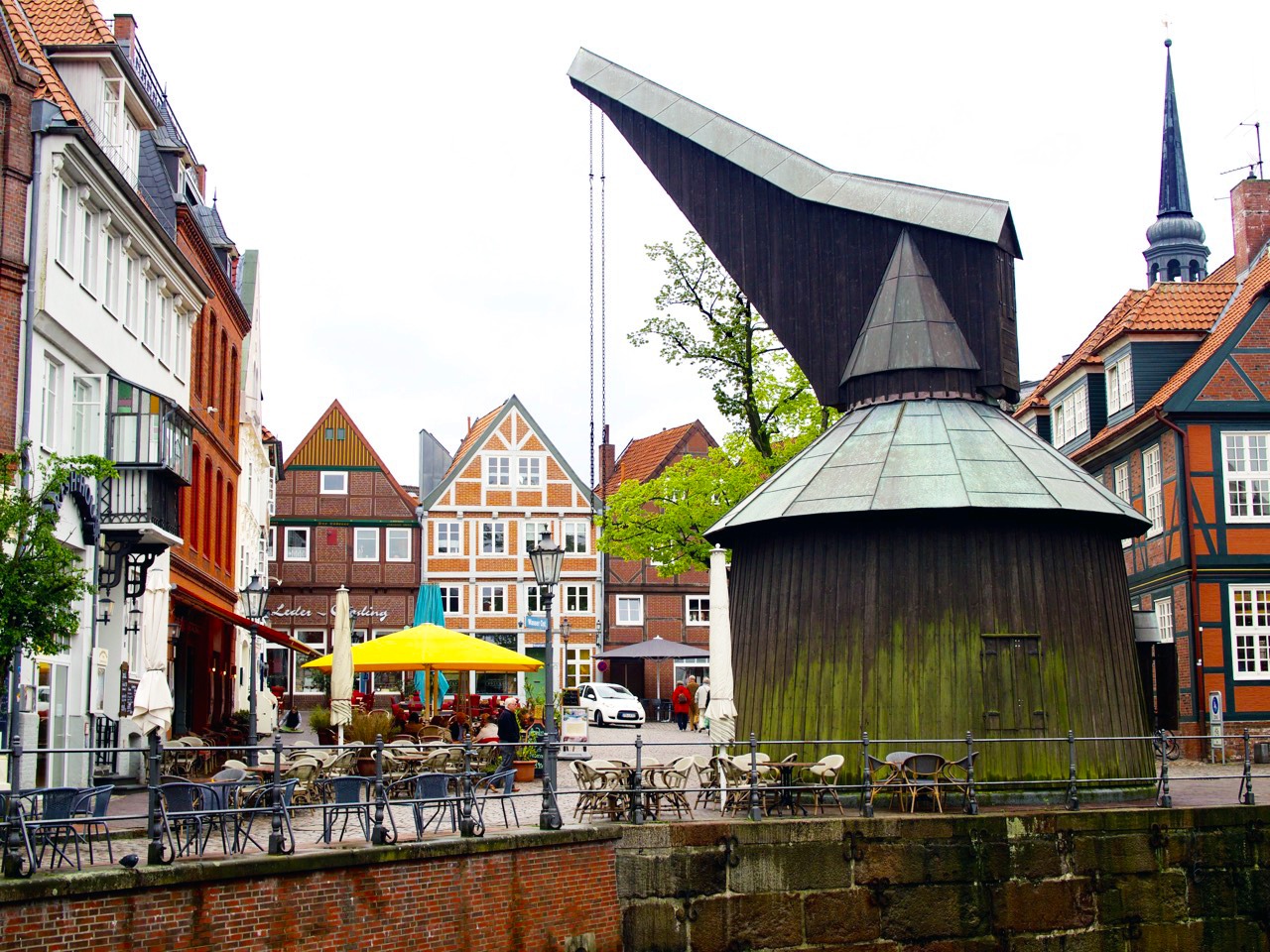
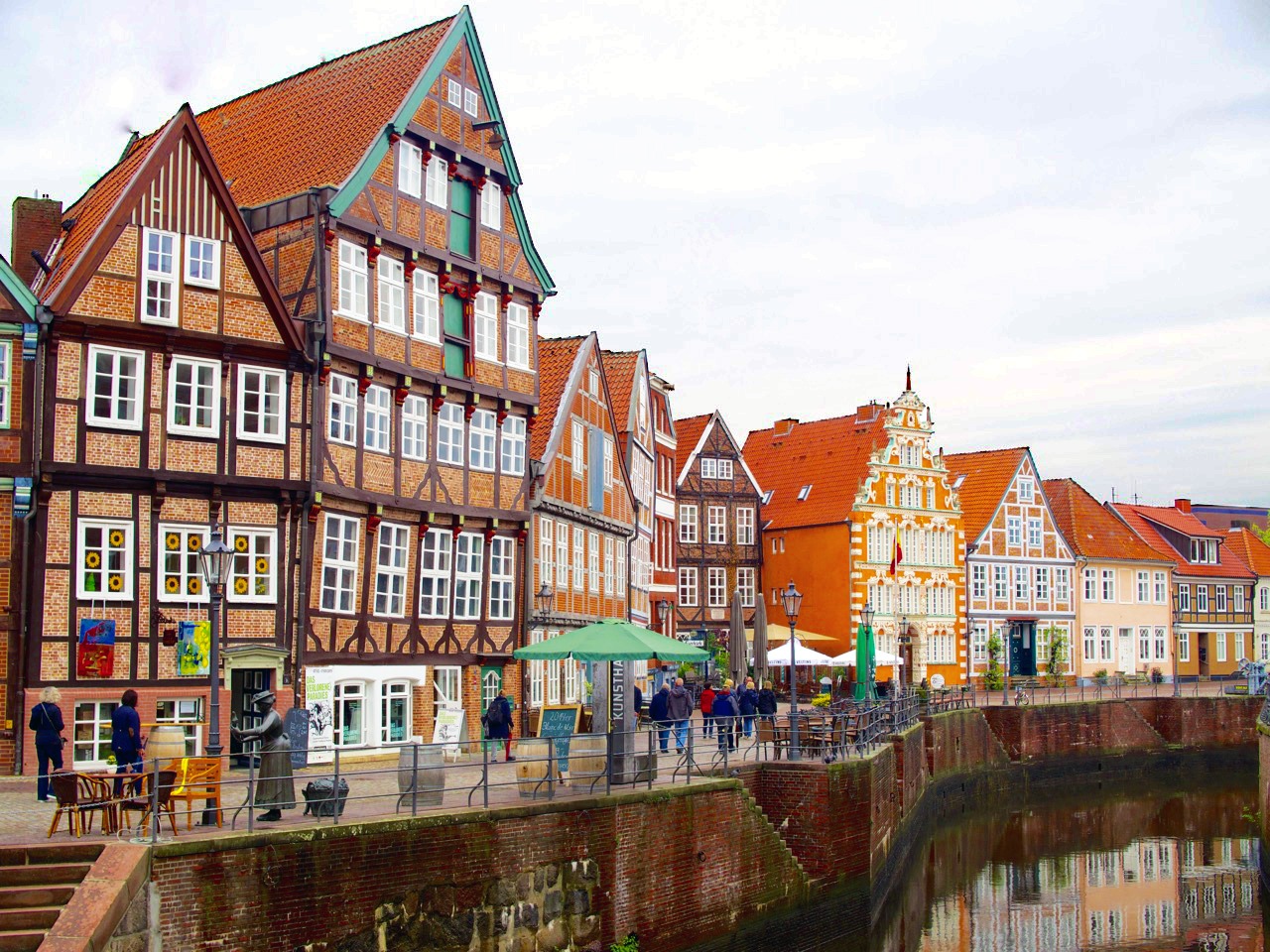
As entertaining as my guide was, I had a hard time peeling myself away from the beautiful hanse-harbour pictured above. I knew there were other parts of Stade that I wanted to see, but it was the canal and the historic wooden crate that really drew me in.
This is what I came to Germany for; these are the romantic, fascinating, physics-defying houses that I had longed for. Once I managed to take my eyes off this incredibly beautiful row I quickly realised that indeed, Stade has more than one trick up its sleeve.
While the most picturesque buildings are of course located on the waterfront, the entire town oozes the same old-world charm – with the main difference that once you dare venture in the winding alleyways, there is no one there but you, your camera and these imposing beauties.
Don’t mind if I do.
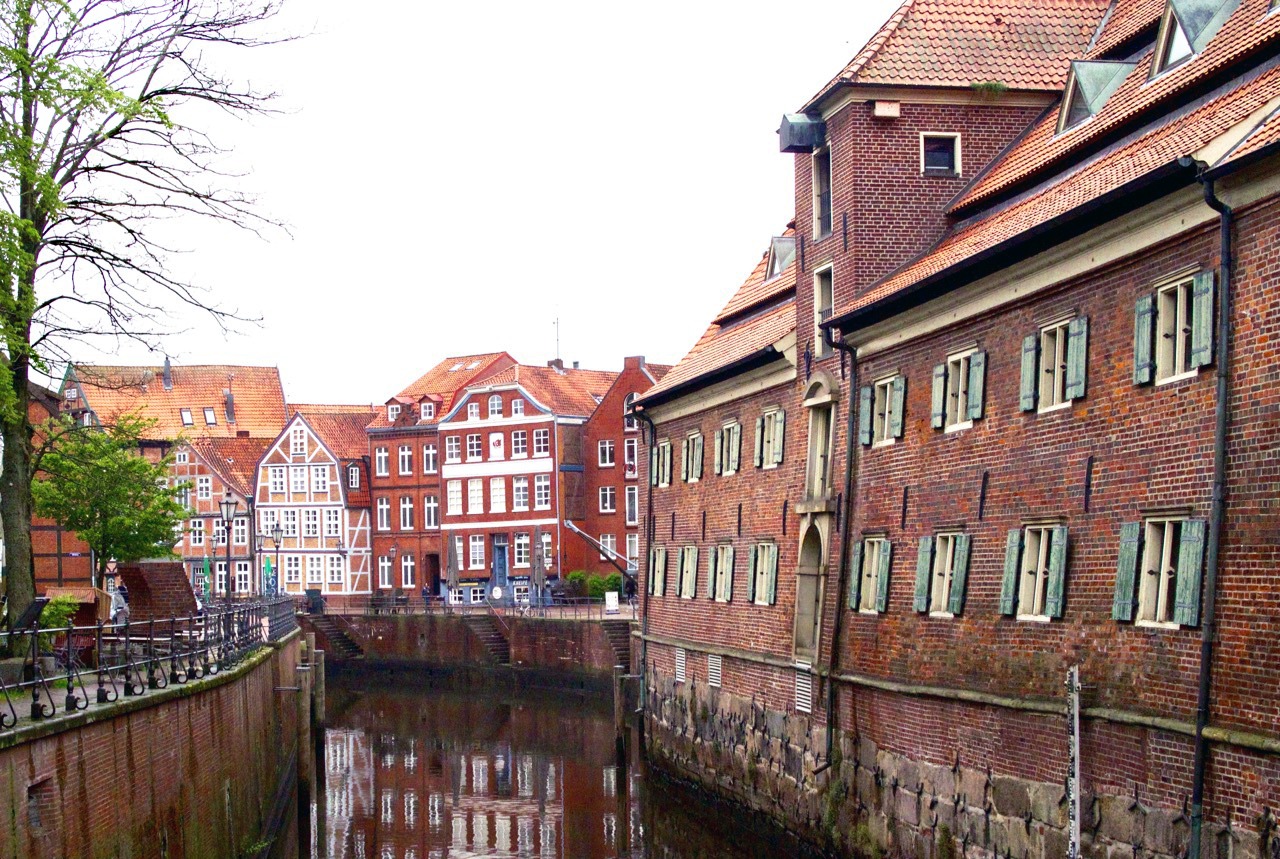
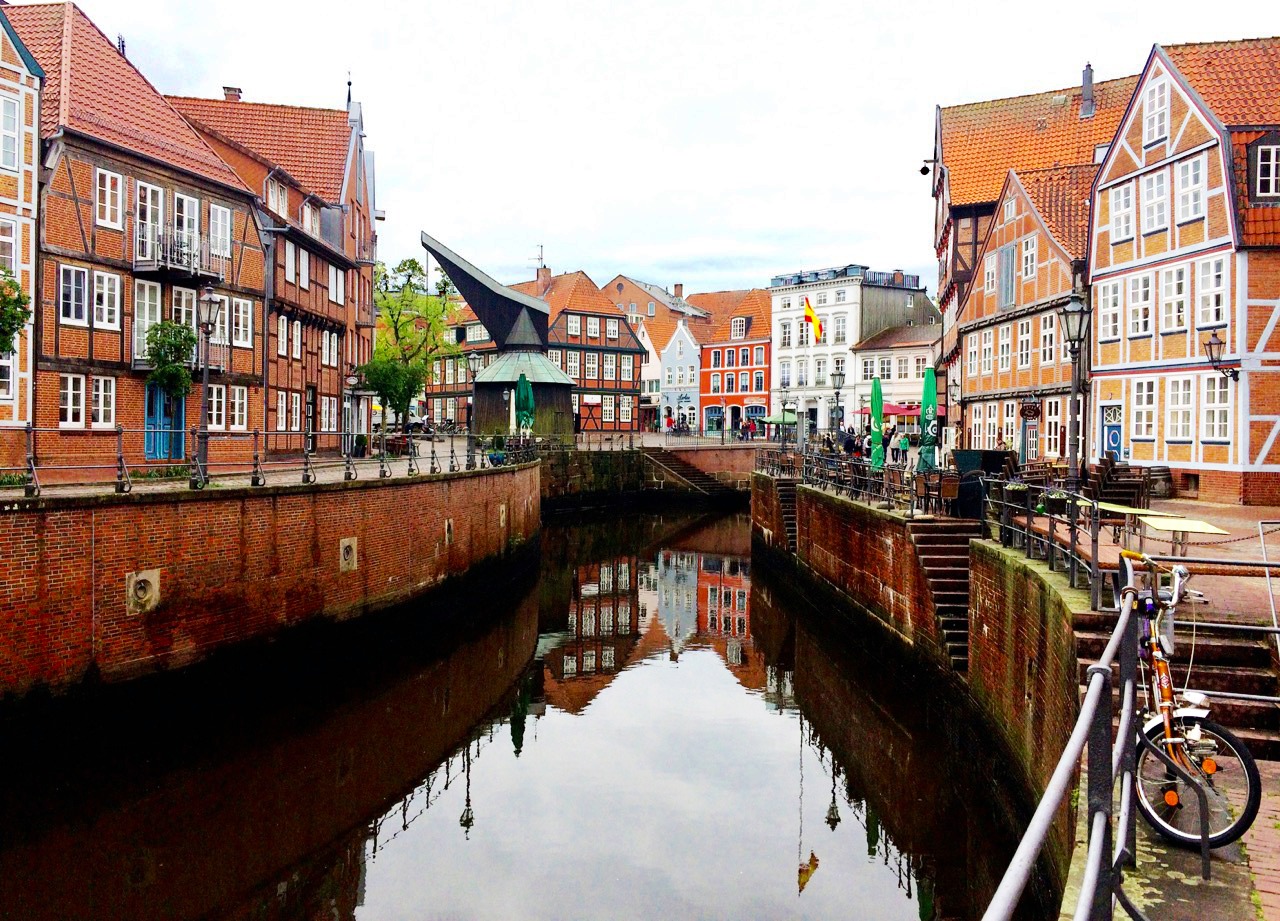

The first human settlers came to the Stade area in 30,000 BC, but the first official mention of the city dates back from 994. It wasn’t long before its strategic location, on the Elbe River, transformed the small hammock into a major maritime centre. But such a valuable land could never be safe from jealous intruders… therefore, Stade went from German to Danish to Sweden rule several times – in fact, one of the town’s most visited attractions is the Swedish Warehouse, which was recently turned into a museum.
Stade has been a Hanseatic town ever since the commercial and defensive confederation of merchant guilds came to be in the 14th century. Not only that – it was one of the most important trading centres of the North for several centuries, which partly explains why the town boasts so many opulent properties.
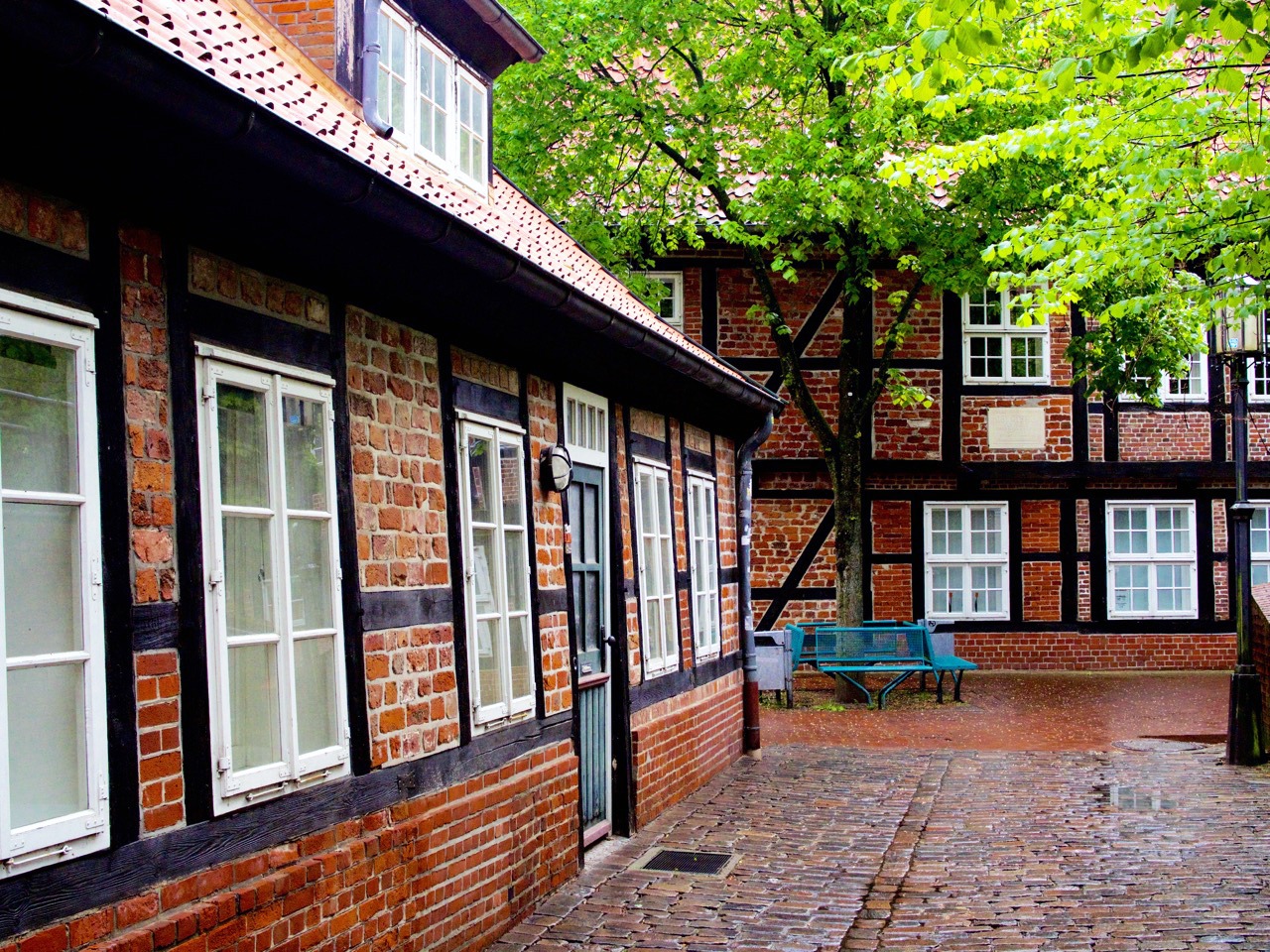
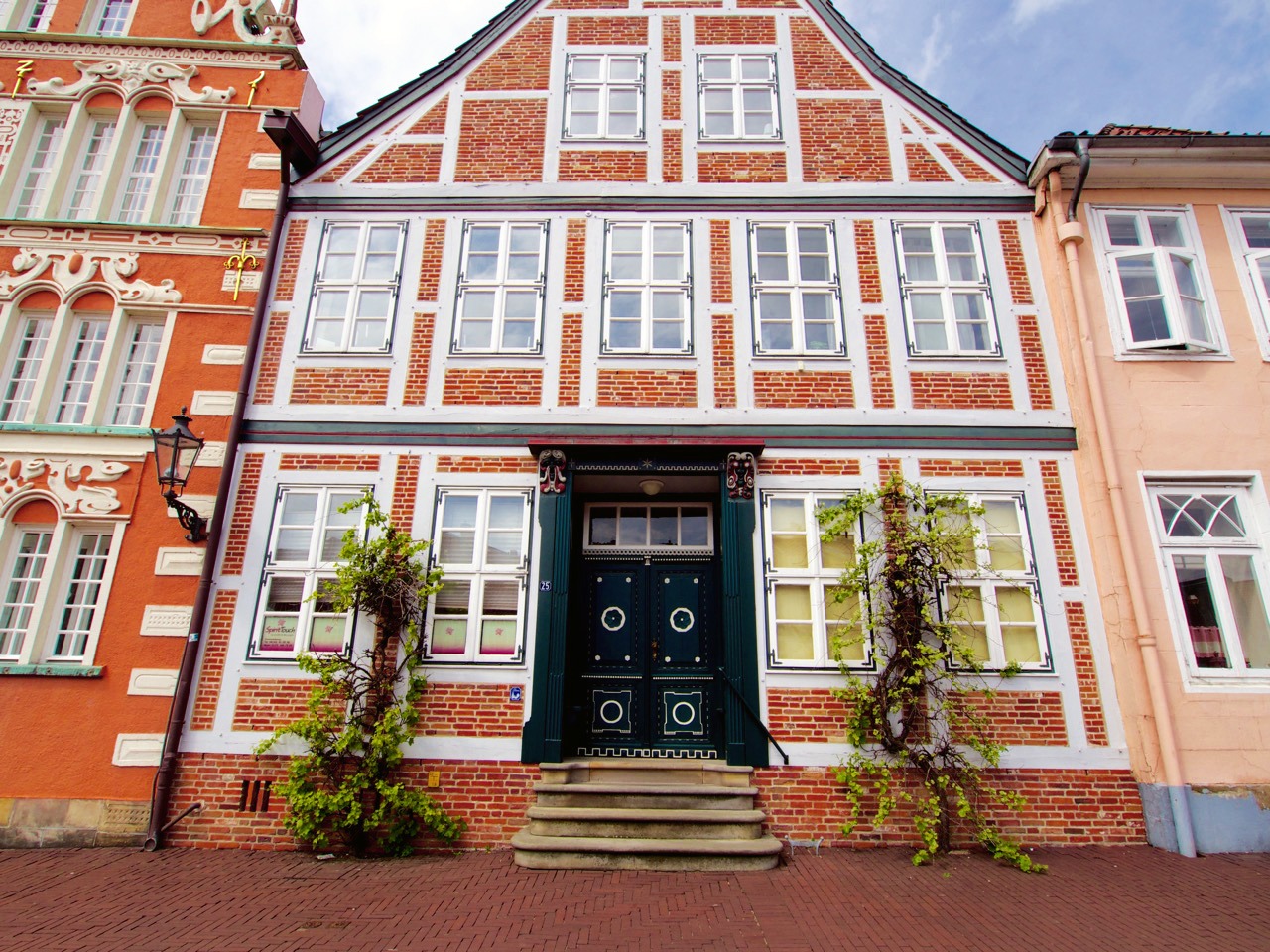
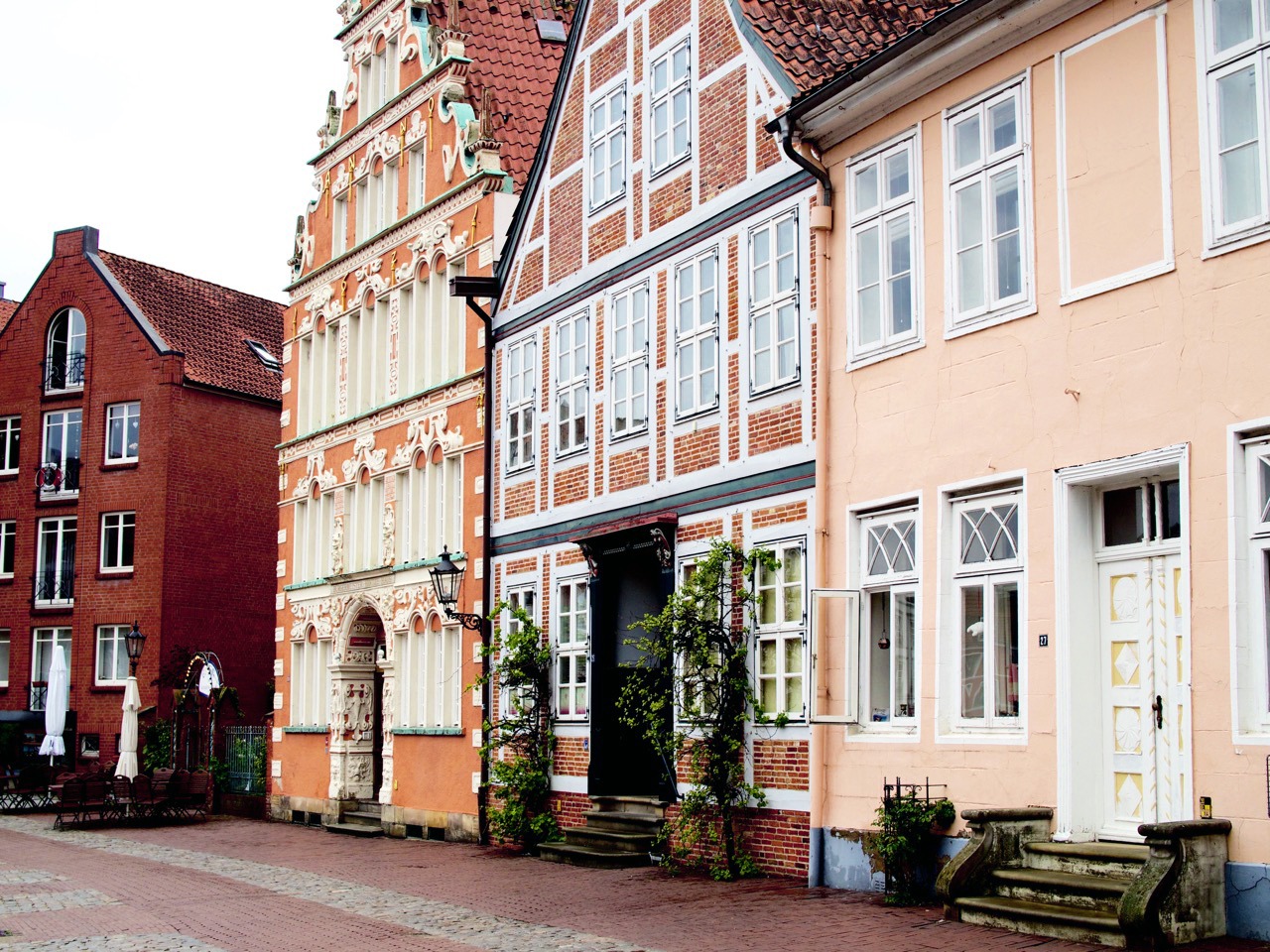
Day tripping to Altes Land
Little did I know upon leaving Stade that I would be headed to the biggest contiguous fruit-producing region in Central Europe, which extends over 143 square kilometres The Altes Land – although it means “old country” in German, it refers to the times where the region was colonised by Dutch settlers – isn’t just made of boring agricultural lands; far from it, in fact, as it is home to splendid orchards and historic farmhouses.

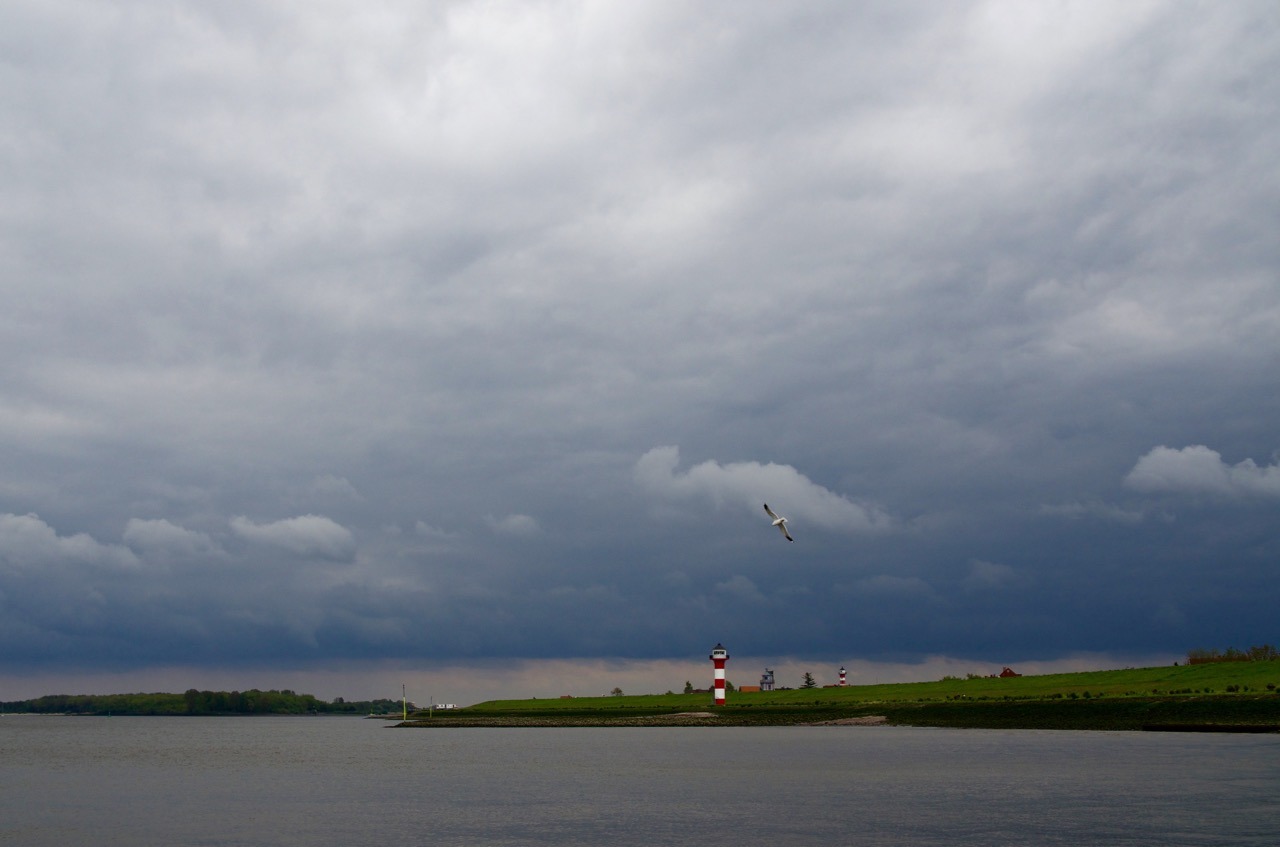
My tour guide, Frank, was really excited to show me around the area since the apple and cherry trees were in full bloom. Seeing as I had gotten back from Japan a few weeks prior I didn’t expect much as far as blooming trees go (how much better could it get, I thought) but I was positively floored by the beauty and tranquility of the area.
Also, there weren’t huge crowds of fast-paced Japanese families pushing me around for photo opps, so that was a huge bonus :-)
And trust me when I say that the North American farmhouses I am used to have nothing on the half-timbered ones I saw in Altes Land – after all, I was on the national Half-Timbered Houses route!
The region is famous for its Marschhufendörfer, a unique type of village where the farmyards are typically located just a few meters off the main street, with the land directly behind them. Referred to as Fachhallenhaus in German, these houses are normally covered by a thatched roof and famous for their richly-decorated façades and elaborate gateways – of course, the more ornate, the wealthier the family. Decorative carvings and mottos were usually found as inscriptions over the entranceway, whereas the lintel gave the name of the builder, the year the house was built and a saying that best represented the families’ values.
It amazed me to see how much you can tell about the history of a house by just one glance!
Visiting Stade in Germany and Altes Land: good to know
- Stade is located just an hour north-west of Hamburg and can be reached by car and train.
- The Altes Land is just a few minutes outside Stade, and can be visited by car. However, I suggest you opt for a bike tour if you’re an avid cyclist.
- Places you shouldn’t miss in Stade: the Swedish Warehouse, the Church of Saint Cosmae, the wooden crane and the Hansa Harbour, wander the streets of Old Stade.

